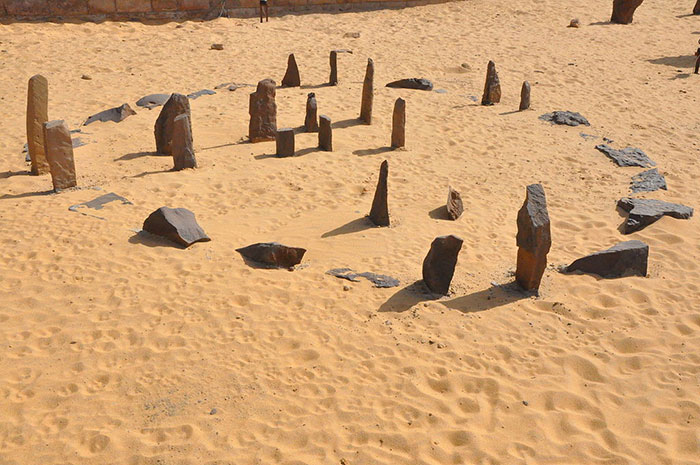Africa’s ancient astronomers made their mark in culture, folklore
02 December 2014 | Story Helen Swingler. Photo of Prof Thebe Medupe by Michael Hammond.
For centuries, Africans have measured time, seasons and cycles, and direction by the stars. Religion and folklore too reflect this relationship with the heavens; as the culture, mathematics and science of astronomy was captured by early scholars in centres like Timbuktu.
Africa’s astronomers have an ancient history, says Thebe Medupe, UCT alumnus, star of the film Cosmic Africa, and professor at North-West University.
Medupe was speaking at a public lecture, “Cosmic Africa: My personal journey”, part of the Dark Side of the Universe, an international conference hosted by UCT’s Astrophysics, Cosmology and Gravity Centre from 17 to 22 November. The event attracted some of the world’s leading experts in dark matter and dark energy.
Medupe’s own story is distinctly African. His journey as an astronomer began in 1986 when Halley’s comet passed the Earth. The event ignited the imagination of the boy living in a village near dusty Mafikeng. By 13 he’d built a telescope and made a map of the moon.
His lecture reflected just how deeply rooted mathematical and cultural astronomy are in the continent’s story; from the myths and legends attached to San folklore; and the calendar system of the Dogons of Mali, based on the phases of the moon; to the mini megalithic Stonehenge of Nabta Playa in the Sahara.

The nomadic pastoralists who moved through the western tracts of this desert made careful observations of the skies using these ceremonial rock formations, deemed to have been built 2000 years before those at Stonehenge and elsewhere in Europe.
At Nabta Playa they tracked celestial phenomena such as the rising of the sun at summer solstice, a signal of the summer rains. And at night, the stars guided them across the desert.
Africa also has a thriving history of scholarship, where astronomy played an integral role, notably in Timbuktu, Mali, where thousands of scrolls and manuscripts, written in Arabic and other local languages, track scholastic endeavours of three major West African kingdoms: Ghana at around the 11th century; Mali in the 14th century; and Songhai in the 15th century.
The culture of learning reached a peak in the Songhai empire, producing a thriving book trade of Arabic texts on Koranic studies, medicine, mathematics and astronomy, said Medupe.
When he visited Timbuktu eight years ago, Medupe worked with a translator to study a book by Abul Abbas, written in 1732, revealing mathematical algorithms that determined the Islamic calendar. He was able to confirm the scholar’s results.
“They knew astronomy very well.”

In one manuscript the author writes of the meteor shower in 1583: “Stars flew around the sky as if fire had been kindled in the whole sky ... east, west, north and south ... people were extremely disturbed about that. It continued until after dawn.”
During his visit to Timbuktu, Medupe found an imam teaching students from a very early Earth-centred model of the universe.
Given this rich catalogue, Medupe is convinced mathematical astronomy existed in Africa centuries before modern scientific institutions were established.“Now we can speak of the cultural timeline of astronomy in Africa.”
And fortunately, the Timbuktu Manuscripts as these are known collectively, survived the 2013 decimation by Islamist rebels; thousands finding their way to sanctuary at Bamako in the south.
(In 2003 UCT became involved in the Tombouctou Manuscripts Project in partnership with the South African government.)
 This work is licensed under a Creative Commons Attribution-NoDerivatives 4.0 International License.
This work is licensed under a Creative Commons Attribution-NoDerivatives 4.0 International License.
Please view the republishing articles page for more information.










